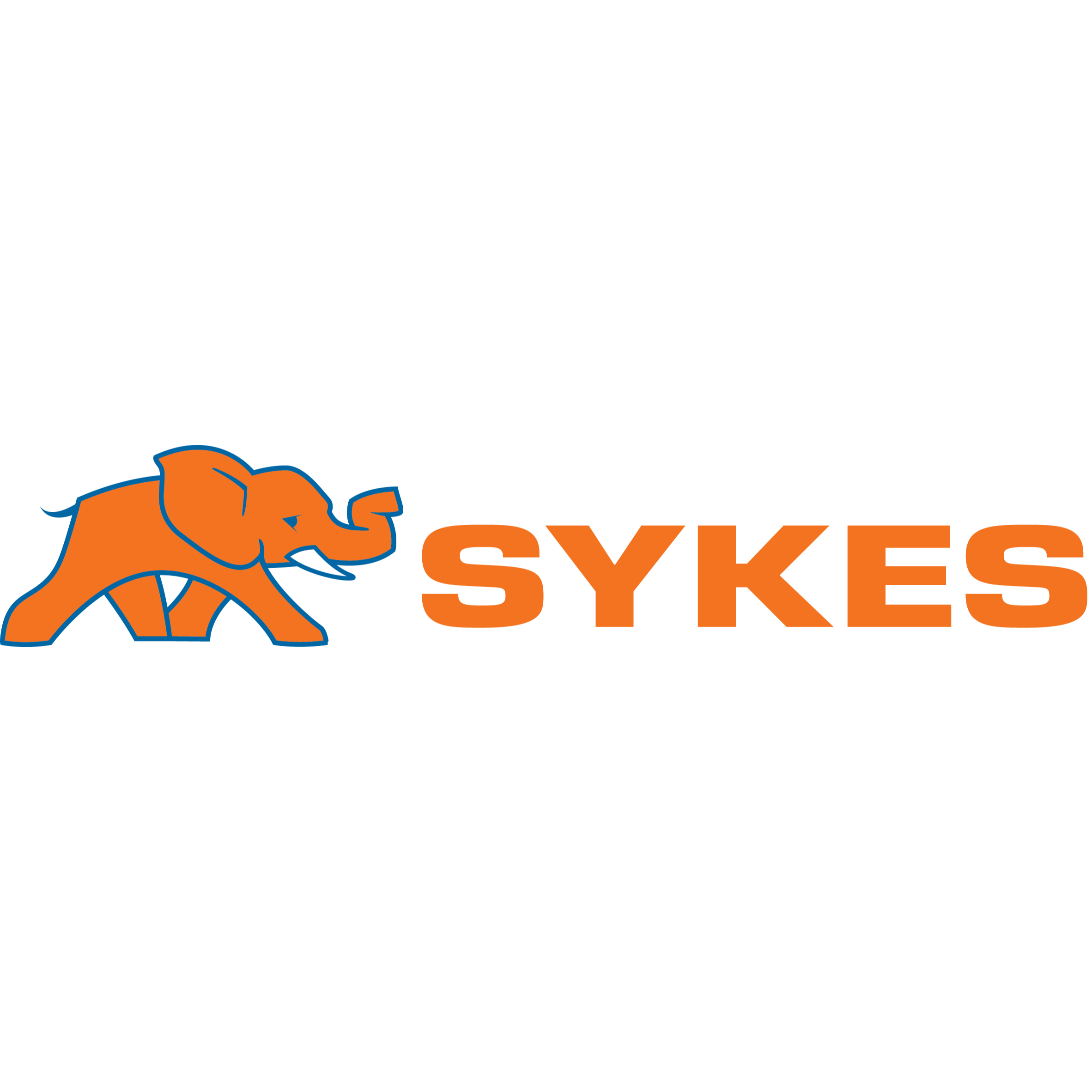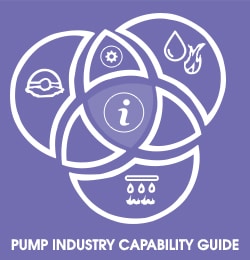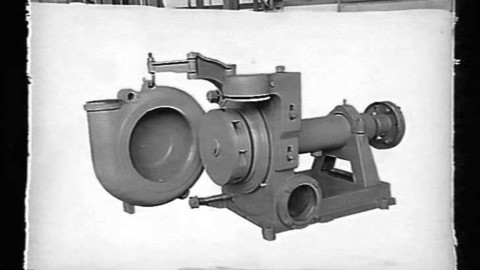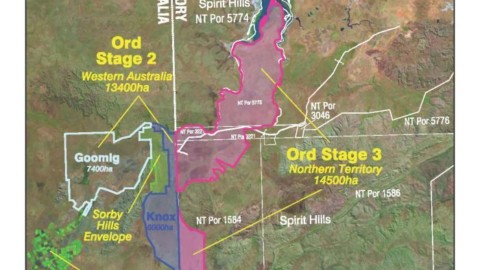The Australian HVAC&R industry has made progress towards maximising efficiency and reducing emissions with the announcement of an initiative called PRIME.
PRIME is an initiative developed by a coalition of stakeholders from within the Australian heating, ventilation, air conditioning and refrigeration (HVAC&R) industry. The stakeholders are united in their dedication to developing low-emission solutions for essential HVAC&R services.
PRIME stands for the five pathways to transition to low-emission practices and technologies: professionalism, regulation, information, measurement, and emission abatement.
A.G. Coombs strategic development director Bryon Price was elected to chair the council.
“As an industry, we long ago realised we have a duty to act towards reducing our carbon emissions,” Price says. “And it’s something I know I’m not alone in being passionate about. In my 30-odd years in the industry I’ve never encountered the kind of optimism and cooperation I’ve seen towards the PRIME initiative, from all parts of the HVAC&R industry. The opportunity is there; the challenge is in how we go forward. And it’s not simply a challenge, it’s a responsibility.”
Fourteen individuals were elected to the PRIME Steering Council: Price, John Anderson from Engineers Australia; Michael Bennett from Refrigerants Reclaim Australia; Ross Bradshaw from the Australian Refrigeration Association; Simon Bradwell from FMA ANZ; Sam Czczelis, from the RWTA, David Greig from the MPMSSAA; Larry Moore from NECA; Noel Munkman, from E-Oz Energy Skills Australia; Sumit Oberoi from AMCA; Kevin O’Shea from RACCA; Bob Paton from MSA, Greg Picker from Refrigerants Australia, and AIRAH CEO Phil Wilkinson.
Price, Oberoi, Bennett, Picker, Munkman, Greig and Wilkinson were nominated onto the PRIME Executive Group, along with AIRAH COO Neil Cox and Tim Edwards from the ARA, and endorsed by the council. The Executive Group will meet every two to three weeks to discuss the scope of work around PRIME, including communications, funding, action plans and benchmarking.
“PRIME has taken the first real steps from a good idea to something tangible,” Picker says. “This process is difficult, but it is noteworthy that organisations came together in a spirit of finding ways to resolve issues and make PRIME come to reality. The journey isn’t over, but real and substantive progress in breathing life into PRIME has been made.”
“The meeting demonstrated a collective commitment by the industry to do something as a single voice,” says EA’s Anderson. “Now that the ‘rubber hits the road’, the challenge is to identify strategies and activities all groups can commit to.”
Manufacturing Skills Australia CEO Bob Paton says the meeting showed great progress.
“Some are still wary, but setting an interim organisational structure in place, electing the chair and establishing the exec committee were all good, sound steps towards an enduring arrangement,” he says.
AIRAH’s Cox is honoured to receive a nomination to work with the PRIME executive, and promote the agreed-upon initiatives as a single industry vision.
“Our industry took a tentative step closer to cohesive action in mapping out its own sustainable, professional future,” he says. “It is gratifying that so many industry players share the evolving vision, which encompasses not just aspirational, but also rational ideals and outcomes for our critical sector.”
Having evolved from a series of cross-stakeholder industry summits and discussions on low-emission strategies for the sector, PRIME aims to bridge the gap between industry in order to change thinking and practices.
Immediate actions include establishing a strong and independent online presence for PRIME, and an official launch at ARBS 2014. AIRAH was requested to hold the secretariat for the PRIME Steering Council for the first 12 months.















